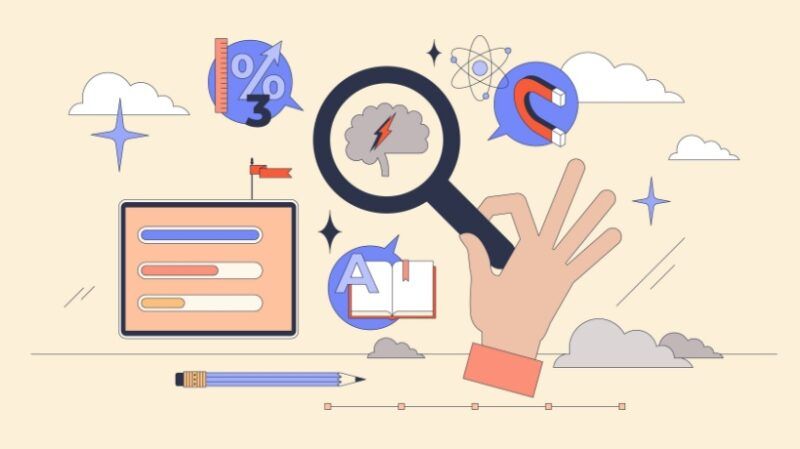

How To Design Bite-Sized Learning For Today’s Work
As employees face increasing workloads and reduced time for formal training, microlearning has emerged as a popular solution in the Learning and Development (L&D) space. By delivering content in small, manageable chunks, microlearning caters to today’s busy workforce, allowing employees to learn new skills or refresh existing ones without sacrificing productivity. In this article, we’ll explore the key benefits of microlearning programs and how L&D professionals can implement it effectively.
Why Microlearning Works: The Science Of Engagement
Microlearning works because it capitalizes on how people learn best—through short, focused bursts of information. Research shows that shorter learning sessions lead to better retention, as employees are more likely to stay engaged with the material and absorb key concepts. For L&D professionals, this method offers a highly flexible approach to training, allowing content to be tailored to specific roles or skills.
Practical Steps
- Keep lessons under 10 minutes
To avoid cognitive overload and ensure employees can easily fit learning into their schedules. - Focus on one key takeaway per session
This is so learners can immediately apply the knowledge.
By offering brief, targeted learning modules, L&D teams can ensure that training remains relevant, engaging, and easy to consume, no matter how busy employees are.
Designing Effective Microlearning Programs: Best Practices
Designing successful microlearning programs involves more than just breaking down content into smaller pieces. To truly maximize the impact, L&D professionals must craft these sessions with a clear focus and measurable outcomes in mind. The goal should be to create microlearning that is actionable and directly linked to employees’ day-to-day tasks.
Practical Steps
- Incorporate multimedia
Use a mix of videos, infographics, quizzes, and interactive elements to make the content more engaging and to cater to different learning styles. - Align microlearning with specific objectives
Whether it’s developing a new skill or reinforcing a process, each microlearning session should have a clear, actionable goal.
This structured approach not only keeps the learner engaged but also ensures that they walk away with practical skills they can immediately use, making the learning experience far more impactful.
Integrating Microlearning Into Daily Workflow
One of the greatest strengths of microlearning is its flexibility. Because microlearning sessions are brief and can be accessed anytime, they’re perfect for embedding learning in the flow of work. Employees can engage with content whenever they have a few spare minutes, whether that’s between meetings or while completing daily tasks.
Practical Steps
- Use mobile-friendly platforms
Make microlearning easily accessible through mobile devices or apps, allowing employees to learn on the go. - Embed learning tools into existing systems
Integrate microlearning into your organization’s LMS or collaboration tools so learners can access materials without disrupting their workflow.
By offering learning in real time and on-demand, L&D professionals ensure that employees can get the knowledge they need, exactly when they need it. This keeps learning relevant and boosts knowledge retention.
Measuring The Success Of Microlearning Programs
To determine whether microlearning is making an impact, L&D professionals need to track the right metrics. By collecting data on learner engagement, knowledge retention, and performance improvement, organizations can ensure their microlearning programs are delivering real value. The advantage of microlearning’s modular design is that it allows L&D teams to easily assess which lessons are resonating with employees and which may need to be adjusted.
Practical Steps
- Monitor completion rates
Also monitor quiz scores to gauge learner engagement and understanding. - Collect feedback from employees
Use it to continuously refine the content and delivery methods.
These insights can help L&D professionals fine-tune their microlearning initiatives, ensuring that each piece of content is as effective as possible.
Conclusion: Microlearning For The Modern Workforce
Microlearning has quickly become an essential tool in the L&D professional’s tool kit. Its ability to provide quick, focused learning opportunities that fit into an employee’s day makes it ideal for today’s fast-paced work environments. By following best practices in design, integration, and measurement, L&D teams can create microlearning programs that not only boost engagement but also drive real skill development and performance improvement.
For organizations looking to future-proof their training programs, microlearning offers an agile, learner-centric solution that meets the needs of today’s workforce. As employees continue to demand more flexible and accessible training options, microlearning will play an increasingly critical role in delivering effective, efficient learning experiences.